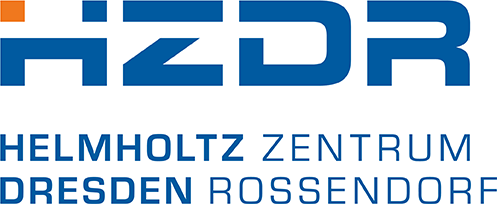
About
Goals and Procedure
The goal of DiaQNOS is the development of a new generation of intraoperative functional diagnostics and tumor detection using a novel quantum neuro-analyzer (QNA). The QNA should be able to continuously answer the questions that are crucial for the success of the therapy, even during the operation. In this way, DiaQNOS will increase the safety, precision and efficiency of neurosurgical cancer therapy. The procedure is based on previously developed, highly sensitive diamond-based quantum sensors, which can now be used for preclinical studies on magnetically inferable properties of living human brain tissue.
Innovation and prospects
The quantum neuro-analyzer will provide a wealth of information on the differentiation of brain tumors as well as on brain function and healthy tissue that goes far beyond the current state of the art and put this in the hands of practicing neurosurgeons. In perspective, the developed technology can be transferred to a wide range of other malignant diseases and form the basis for quantum sensory medical products with excellent commercialization prospects. This is the basis for the planned development and implementation of the DiaQNOS quantum neuroanalyzer: a clinically applicable imaging device.
Motivation
DiaQNOS uses modern quantum sensor technology to address the crucial questions for neurosurgical tumor surgery: where is the function, where is the tumor and where is the border zone to healthy tissue? To date, neurosurgeons have only had limited access to precise intraoperative information. That should change now.
News
11-15.03.2024: The DiaQNOS presented at DPG Spring Meeting 2024 in Freiburg. The team members from JGU Mainz presented during short talk and poster sessions. The poster by PhD student Ara Rahimpour and Dr. Arne Wickenbrock and the talk by PhD student Mykhailo Flaks were well received by the audience and the project was discussed with several interested parties. The team is looking forward to the next meeting in 2025.
15.01.2024: New JGU Mainz team members! We are happy to welcome Ara Rahimpour as a PhD student and Pouya Sharbati as a scientific employee to the team.
01.01.2024: Good news about our new team member! Dr. Shaowen Zhang has obtained his visa and will join team JGU Mainz in spring-summer 2024 as a postdoc working on minituarization of the DiaQNOS measurement head. Welcome to the team, Shaowen!








